Anyang: China’s Ancient City of Kings is the first major exhibition in the United States dedicated to Anyang, the capital of China’s Shang dynasty (occupied ca. 1250 BCE–ca. 1050 BCE). The source of China’s earliest surviving written records and the birthplace of Chinese archaeology, Anyang holds a special connection with the National Museum of Asian Art. In 1929, one year after Academia Sinica began archaeological work at the Bronze Age site, Li Chi assumed leadership of the excavations. At the time, he was also a staff member of the Freer Gallery of Art (1925–30). To promote archaeological practice in China, the Freer supported Li Chi and his first two seasons of work at Anyang. This collaboration, predicated on the advancement of scientific knowledge and the protection of cultural patrimony, marks an important chapter in the history of Sino-American relations. Unchanged: Anyang: China’s Ancient City of Kings is the first major exhibition in the United States dedicated to Anyang, the capital of China’s Shang dynasty (occupied ca. 1250 BCE–ca. 1050 BCE). The source of China’s earliest surviving written records and the birthplace of Chinese archaeology, Anyang holds a special connection with the National Museum of Asian Art. In 1929, one year after Academia Sinica began archaeological work at the Bronze Age site, Li Chi assumed leadership of the excavations. At the time, he was also a staff member of the Freer Gallery of Art (1925–30). To promote archaeological practice in China, the Freer supported Li Chi and his first two seasons of work at Anyang. This collaboration, predicated on the advancement of scientific knowledge and the protection of cultural patrimony, marks an important chapter in the history of Sino-American relations.
Anyang: China’s Ancient City of Kings features over two hundred remarkable artifacts—including jade ornaments, ceremonial weapons, ritual bronze vessels, bells, and chariot fittings—drawn exclusively from the museum’s permanent collection. Explore the early development of Chinese writing, enduring ritual practices, innovations in weaponry and warfare, advances in design and manufacturing, and the highly personal spaces of tombs, including objects chosen for the afterlife. The exhibition includes a series of digital activations developed in partnership with award-winning production studio UNIT9 that allows visitors to dig deeper into the life of the city.
Anyang: China’s Ancient City of Kings is part of the 2023 programming marking the 100th anniversary of the National Museum of Asian Art’s founding. Learn more about our centennial celebrations. #TheNext100 Unchanged: Anyang: China’s Ancient City of Kings is part of the 2023 programming marking the 100th anniversary of the National Museum of Asian Art’s founding. Learn more about our centennial celebrations. #TheNext100
Explore the Exhibition
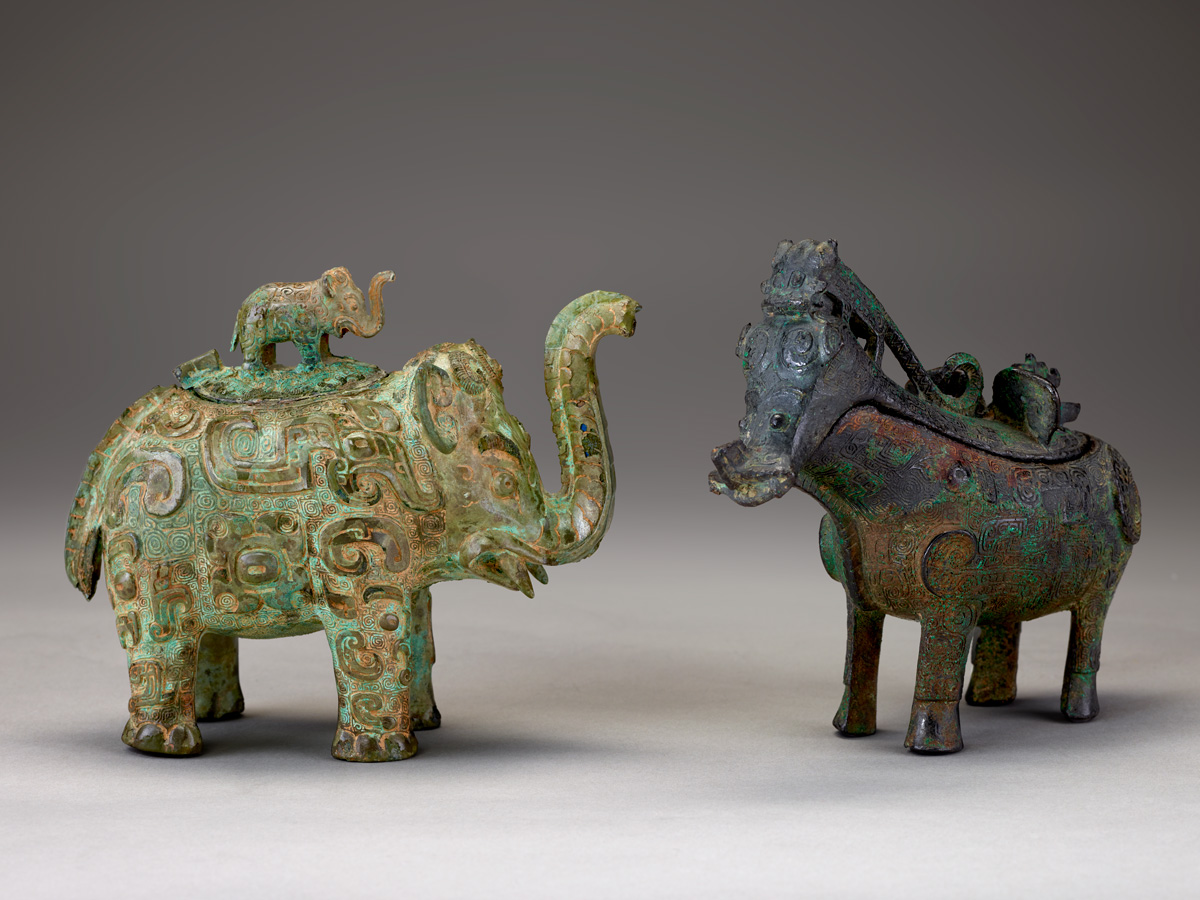
Key Themes
Learn how some of the museum’s objects relate to the establishment of the Shang capital, the city’s administration, and the social status of its inhabitants.
Learn More
Object Gallery
3D Object Models
Explore objects in the exhibition using these 3D models that also feature annotations and topical tours.
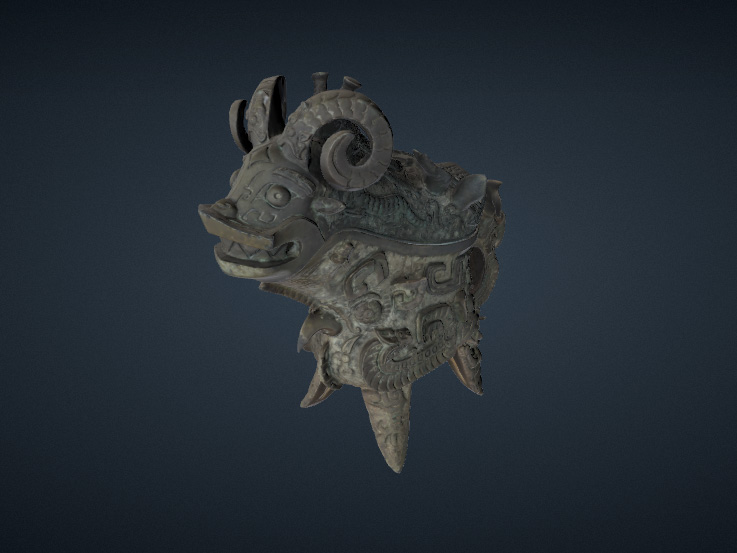 Ritual wine pouring vessel (gong) with masks (taotie), dragons, and real animals
Ritual wine pouring vessel (gong) with masks (taotie), dragons, and real animalsF1961.33a–b
View in 3D
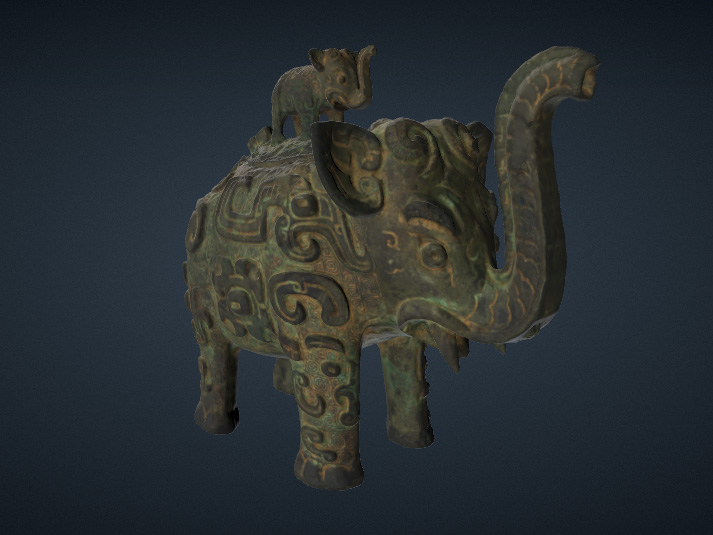 Spouted vessel (he) in the form of an elephant with masks (taotie), dragons, and snakes
Spouted vessel (he) in the form of an elephant with masks (taotie), dragons, and snakesF1936.6a–b
View in 3D
Archaeology at Anyang
Explore the unfolding excavations at Anyang from the 1920s to today through these multimedia features. Learn about the initial discovery of the Shang dynasty capital and follow the development of the archaeological work that has helped us to understand the ancient civilization that built it.

Anyang Underground
Journey to Republican-era China to witness the first excavations of the Anyang site and the birth of Chinese archaeology.
Learn More
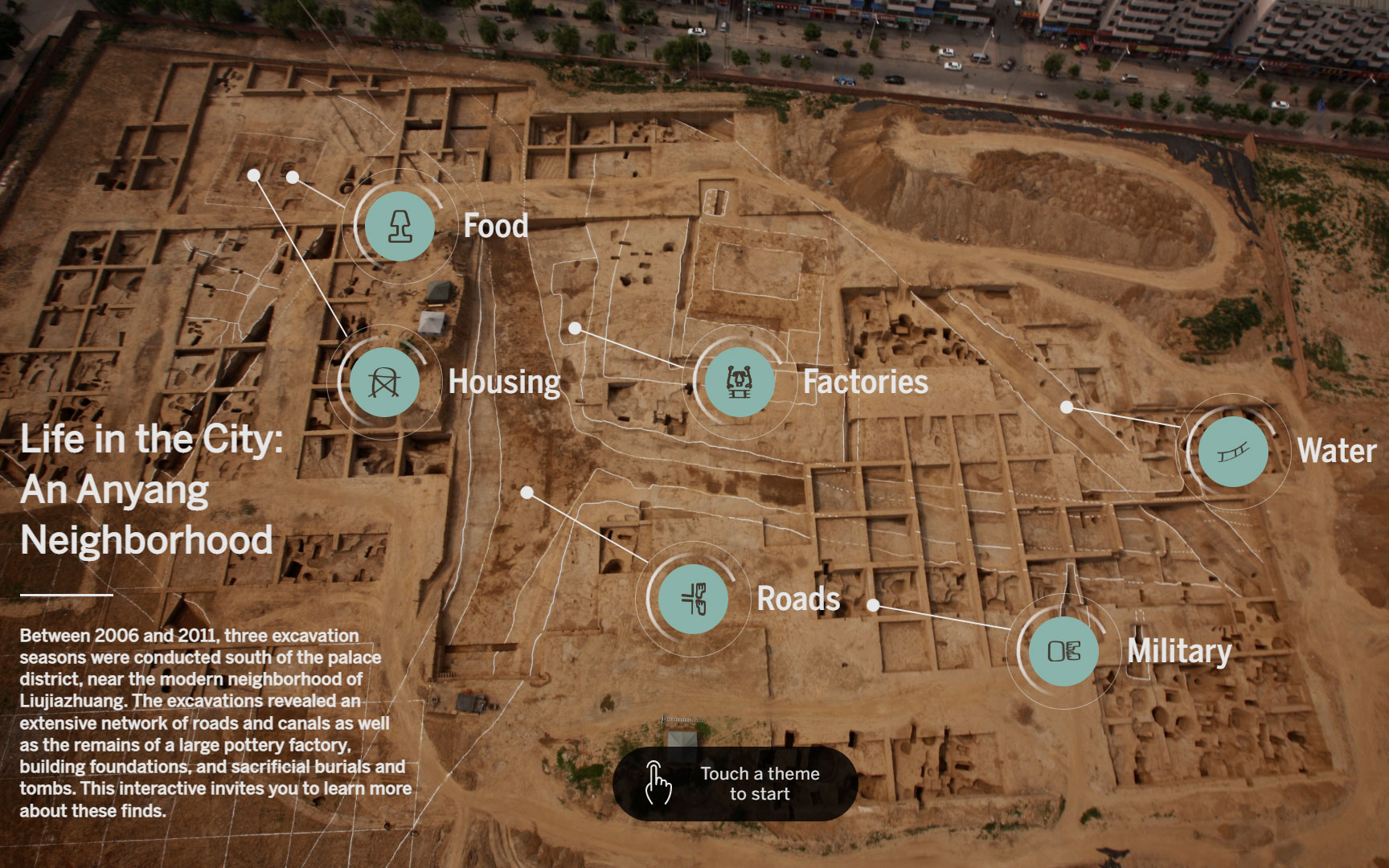
Life in the City
Experience ancient city life through the eyes of a modern archaeologist as you explore recent excavations of an Anyang neighborhood.
Learn More
Ritual and Technology
Shang material culture reveals that the ancient state was governed by complex ritual systems that involved honoring and communicating with ancestors. Learn more about the objects that featured in these ceremonies and the technological achievements that lay behind them.
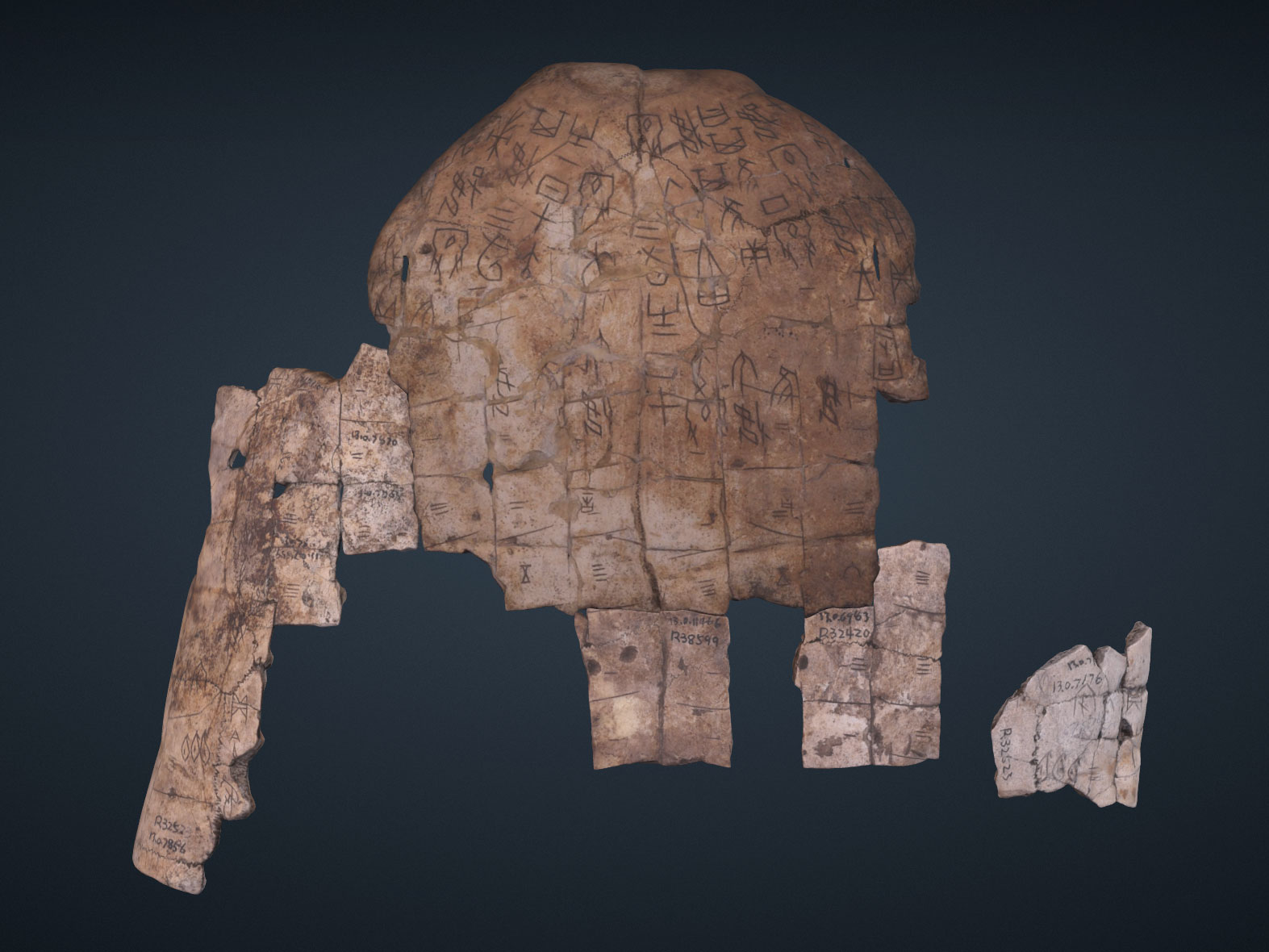
Oracle Bones in 3D
Learn about the divination rituals that were an integral part of Shang kingship and the administration of the state.
Learn More

Casting a Shang Bronze
Based on finds from recent excavations of Anyang foundry sites, explore a reconstruction of the process for making a Shang bronze vessel.
Learn More
Play
Discover and collect dragons hiding on the surfaces of ancient Chinese bronzes at the museum. Let them guide you on a magical trip between Anyang: China’s Ancient City of Kings and the Ancient China galleries in the Freer Gallery of Art.
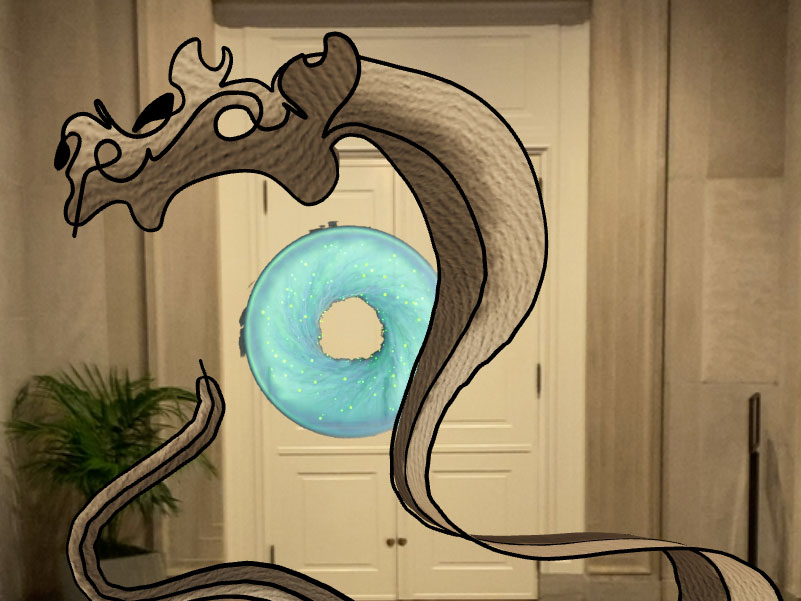
Hidden Dragons
Make your own party with the boisterous dragons that inhabit this interactive AR experience.
Learn More
Related publications
Chi, Li. “Preliminary Observations on the Nature of the Deposit of the Ying-Shang Site at Hsiao-T’un-Ts’un, Anyang, Honan, ca. 1931.” Li Chi Reports, Smithsonian Institution, Freer Gallery of Art and Arthur M. Sackler Gallery Archives, 1926–1931. https://sova.si.edu/details/FSA.A2003.10#ref6.
Freer Gallery of Art. A Descriptive and Illustrative Catalogue of Chinese Bronzes Acquired During the Administration of John Ellerton Lodge. Oriental Studies, no. 3. Washington, DC: Freer Gallery of Art, 1946.
Gettens, Rutherford John. The Freer Chinese Bronzes. Vol. 2, Technical Studies. Oriental Studies, no. 7. Washington, DC: Freer Gallery of Art, 1969.
Gettens, Rutherford J., Roy S. Clarke, Jr., and W.T. Chase. Two Early Chinese Bronze Weapons with Meteoritic Iron Blades. Occasional Papers, vol. 4, no. 1. Washington, DC: Freer Gallery of Art, 1971.
Pope, John Alexander, Rutherford John Gettens, James Cahill, and Noel Barnard. The Freer Chinese Bronzes. Vol. 1, Catalogue. Oriental Studies, no. 7. Washington, DC: Freer Gallery of Art, 1967.
Wilson, Keith. Jades for Life and Death. Washington, DC: Freer Gallery of Art and Arthur M. Sackler Gallery. https://publications.asia.si.edu/jades/default.php.







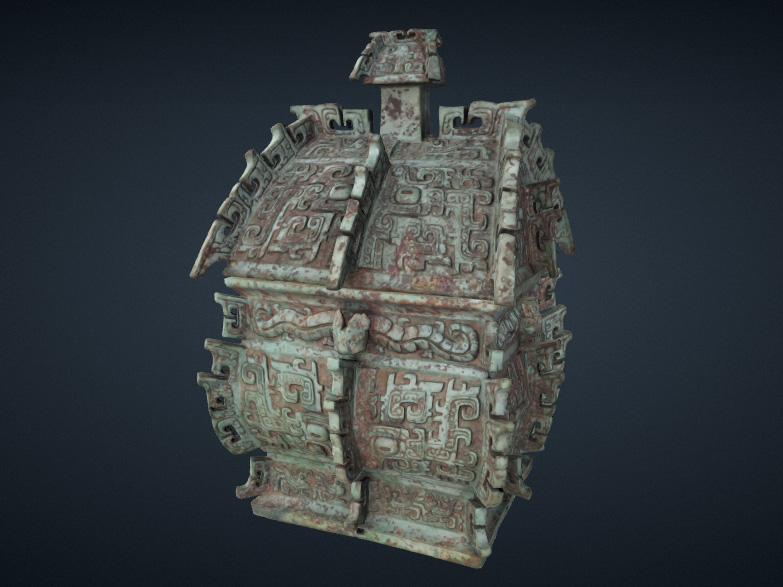 Ritual wine container (fangyi) with masks (taotie), serpents, and birds
Ritual wine container (fangyi) with masks (taotie), serpents, and birds